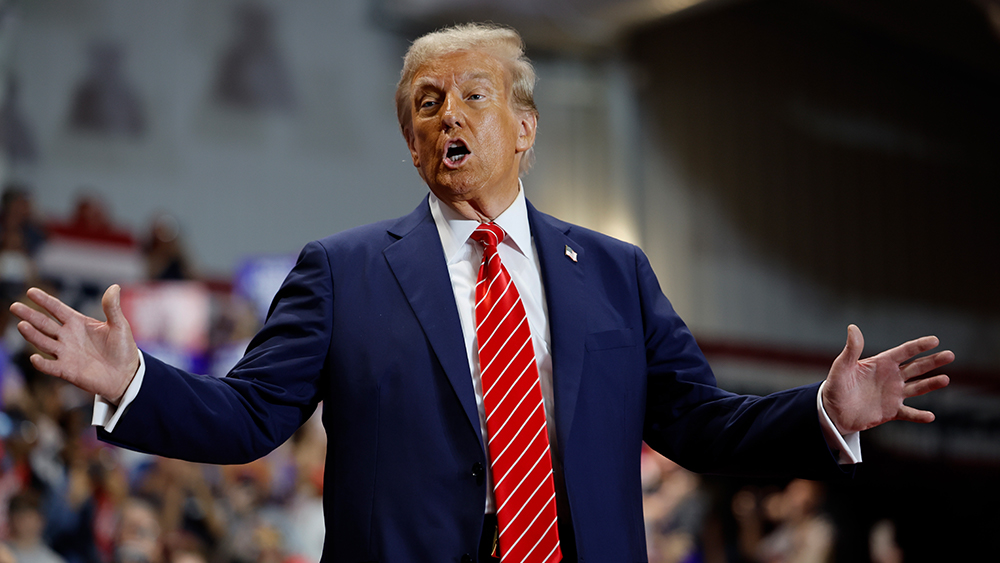
An article in the New York Times indicated that if the alliance sends soldiers for faster deployment into the Russian-Ukraine war, NATO would be blurring a previous "red line" and could draw the United States and Europe more directly into the war.
Previously, the White House said it would not put American troops, including trainers, on the ground in Ukraine, a position that an administration official reiterated on Thursday. The administration has also urged NATO allies not to send their troops. However, Gen. Charles Q. Brown Jr., the chairman of the Joint Chiefs of Staff, said on Thursday that a NATO deployment of trainers appeared inevitable. "We'll get there eventually, over time," he said. But for now, an effort inside Ukraine would put "a bunch of NATO trainers at risk" and would most likely mean deciding whether to use precious air defenses to protect the trainers instead of critical Ukrainian infrastructure near the battlefield.
American instructors used to be part of a NATO training program in Yavorov, in western Ukraine but were withdrawn in early 2022. Russia has since struck the facility with missiles multiple times. NATO has also trained tens of thousands of Ukrainian troops in Germany, Poland, the U.K. and elsewhere. Western tactics proved less than adequate during the summer 2023 offensive, however. The Times has described the Ukrainian battlefield as "far different and more intense than what American forces have fought on in recent years."
Once NATO instructors are inside Ukraine, the U.S. would be obligated to defend any NATO instructors inside Ukraine from attack, "potentially dragging America into the war," the news outlet reported.
The idea of sending NATO troops to Ukraine was first floated by French President Emmanuel Macron back in February. Estonia and Lithuania have since expressed support for either sending instructors or support troops, to free up Ukrainian soldiers for combat duty. Meanwhile, Britain, France and Germany are working on a plan to send contractors to maintain weapons in the combat zone, the Times reported. Though the U.S. has banned defense contractors from going to Ukraine, "a small number have already been allowed in, under State Department authority, to work on specific weapons systems like Patriot air defenses," the news site further noted.
Earlier this week, British Defense Secretary Grant Shapps said that "moving training closer" to Ukraine would make sense, but added that London did not want to put British troops on the ground.
Russia-Ukraine War has exposed serious flaws in some of U.S.'s most sophisticated weapons systems
The United States has been Ukraine's most important ally, providing a total of $107 billion in aid to the Ukrainian government since the start of the war in 2022. Now that the weapons have been deployed, the U.S. has been receiving reports of the flaws of some of its most important weapons and military production systems.
As previously reported, an area in which the U.S. has revealed its shortcomings is in electronic warfare. Russia's jamming systems have created major issues with Western precision weaponry, including GMLRS rockets and Excalibur artillery shells.
Moscow's electronic units have become increasingly adept at scrambling the GPS navigation systems used to guide the missiles and shells to their targets. They have made American-made gadgets go off-course and useless. "The war has revealed that some of the U.S. precision-guided munitions fail in a highly contested electromagnetic environment," Stacie Pettyjohn, a military analyst at the Center for a New American Security, told Business Insider.
In the meantime, they used cheap off-the-shelf Ukrainian drones to surveil enemy positions, guide artillery strikes and fit them with grenades or explosives to attack enemy positions. These drones are also susceptible to electronic warfare, but Ukraine has produced technology to evade jamming signals and exploit gaps in Russia's electronic warfare defenses.
Pettyjohn added that maneuvering, concealing and supplying troops on battlefields under constant drone surveillance is another conundrum Department of Defense experts are grappling with. Reports indicated that the Pentagon is rapidly seeking to improve its ability to deploy drones to support troops and take out enemy drones. At the moment, the U.S. army units have only a few old drones per unit, the analyst disclosed.
Another weakness of the U.S. military that recently surfaced is the U.S.'s capacity to produce weapons in the quantity Ukraine needs. The ongoing conflict resembles World War I, having two militaries in well-defended positions firing tens of thousands of rounds of artillery a day at each other to wear the opponent down. And the U.S. military is yet to adjust. (Related: NATO running out of weapons for Ukraine: "bottom of the barrel" now visible.)
Meanwhile, Russia has placed its economy on a war footing, massively increasing the amount of military equipment it can produce and placing Ukraine at a serious disadvantage.
Bookmark UkraineWitness.com for updates on the current situation in the beleaguered nation.
Sources for this article include:
Please contact us for more information.

















